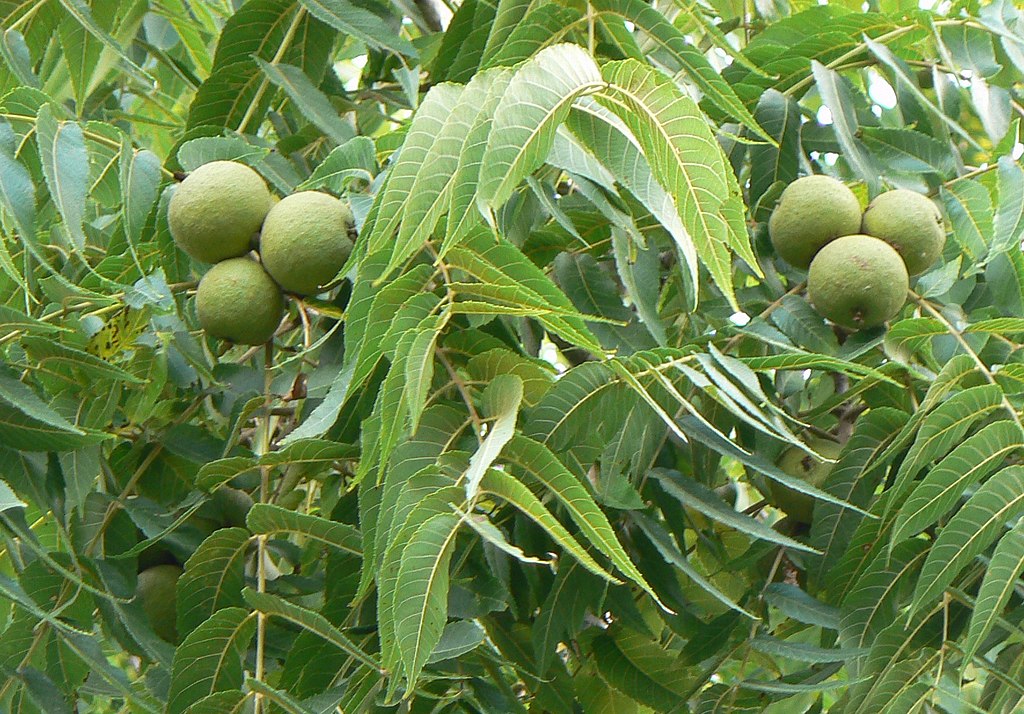One of PurezaWood’s most popular species, American Walnut hardwood flooring is known for naturally making any room warm and inviting. And, with a Janka hardness rating of 1010, walnut is one of the hardest wood flooring solutions, so it’s perfect for kitchens, hallways, and any other high-traffic spaces. Walnut has a fine, straight grain that is dark and rich with a medium to moderate natural luster, so it easily fits any décor and any lifestyle. Here are ten more facts about walnut you might find interesting.
- The walnut tree is deciduous, which means it is a seasonal tree – it loses its leaves every winter and buds again in the spring. It is named for its seed, which many people crack and eat either roasted or raw.
- Technically, the walnut seed is surrounded by a fruit, just not an edible one.
- Walnut wood is also the timber of choice for many furniture makers and gun manufacturers.
- The species of American walnut hardwood flooring is also known as black walnut or eastern black walnut.
- American walnut natively grows in the eastern United States, from Connecticut and Massachusetts south to Georgia and as far east as central Texas.
- American walnut hardwood flooring was most popular in the 1970s. Since then, it has taken a backseat to red and white oak, red and black cherry, pecan, and sugar maple. Recent years have seen its popularity spike and experts now consider American walnut one of the “Big Three” along with black cherry and white oak.
- American walnut leaves, twigs, and roots can be toxic to other plants – especially tomato plants, blueberry bushes, and apple trees. It soaks up all the nutrients in the soil and makes growth for the apple trees, blueberry bushes, and tomato plants impossible.
- American walnut trees are primary offenders for allergy-sufferers during pollination season in the spring.
- An American walnut leaf can grow up to one foot long.
- The part of the tree just under the bark, called the sub-surface, is dark brown in color and closely resembles chocolate. Mmmmm.


